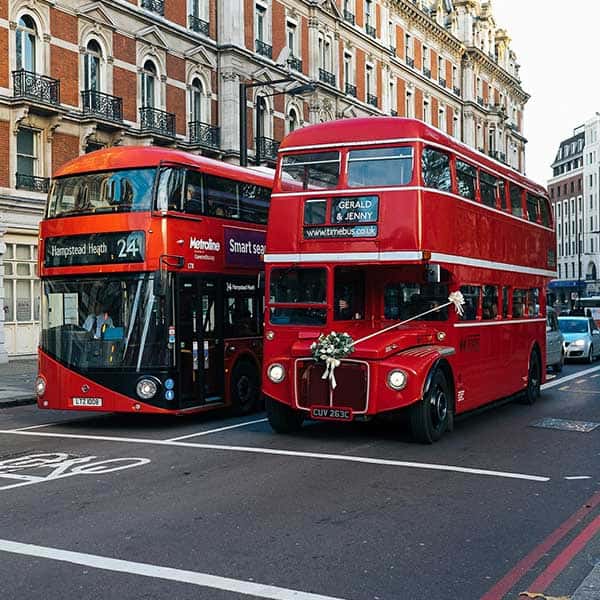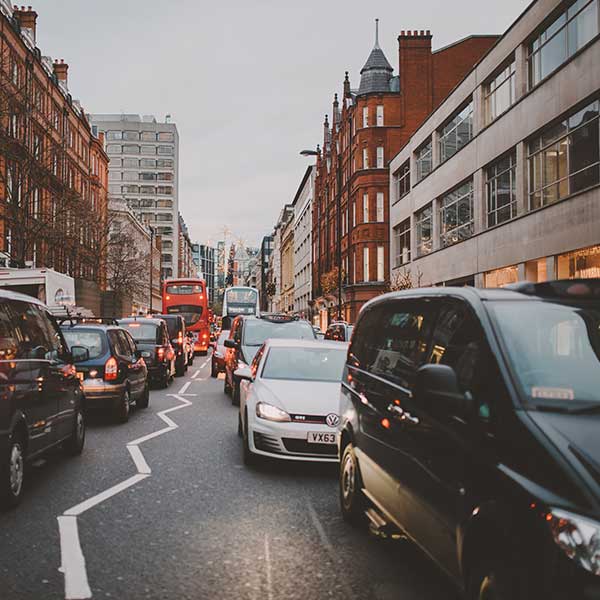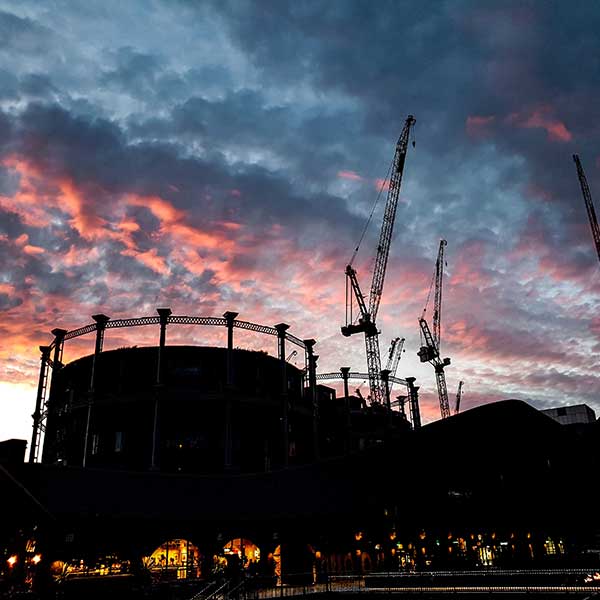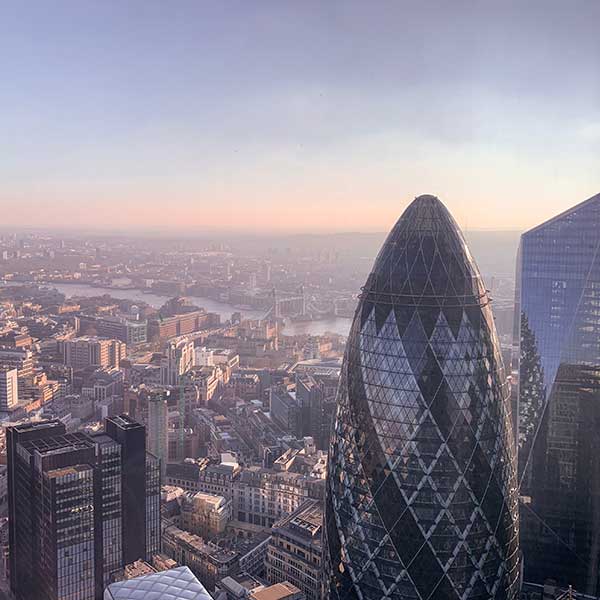To get a closer look at how pollutants are dirtying our air, we need to consider the sources of pollution in London. A considerable portion of London’s emissions comes from transport – or how we move in, out of and around the city. This includes aviation, river, rail and especially on-road transportation. Construction and industrial processes, as well as heating and powering our homes and businesses, also produce substantial amounts of pollution. Some miscellaneous sources – like accidental fires, agriculture, and forestry – account for a small number of emissions in the city.
The information on this page comes from the most recent 2016 London Atmospheric Emissions Inventory (LAEI), published in 2019, which catalogues London’s emissions by source and location. The LAEI covers the 33 London Boroughs, the City of London, and the geographic area of Greater London.
To view the different sources of air pollution on the Breathe London map click here.
To learn more about the pollution sources found on the Breathe London map click here.




